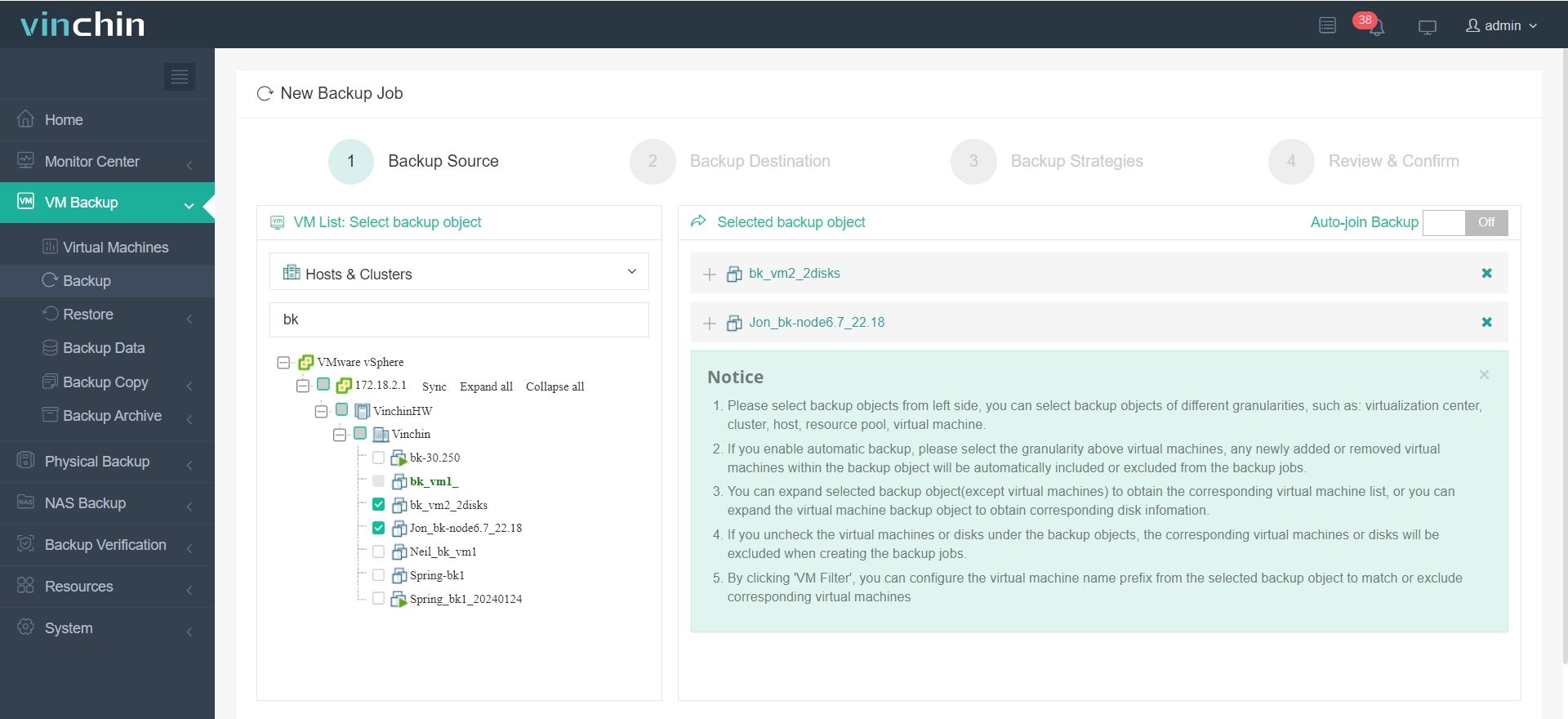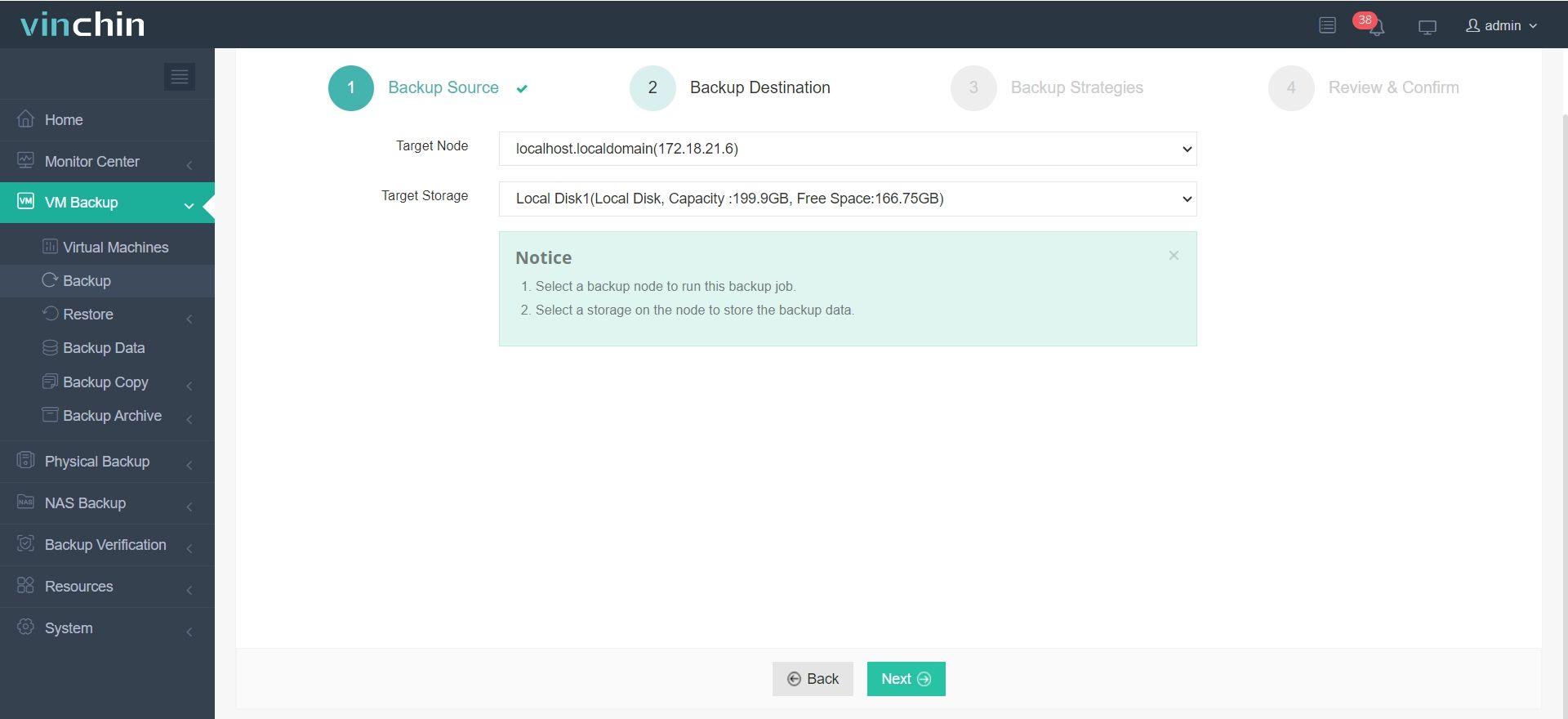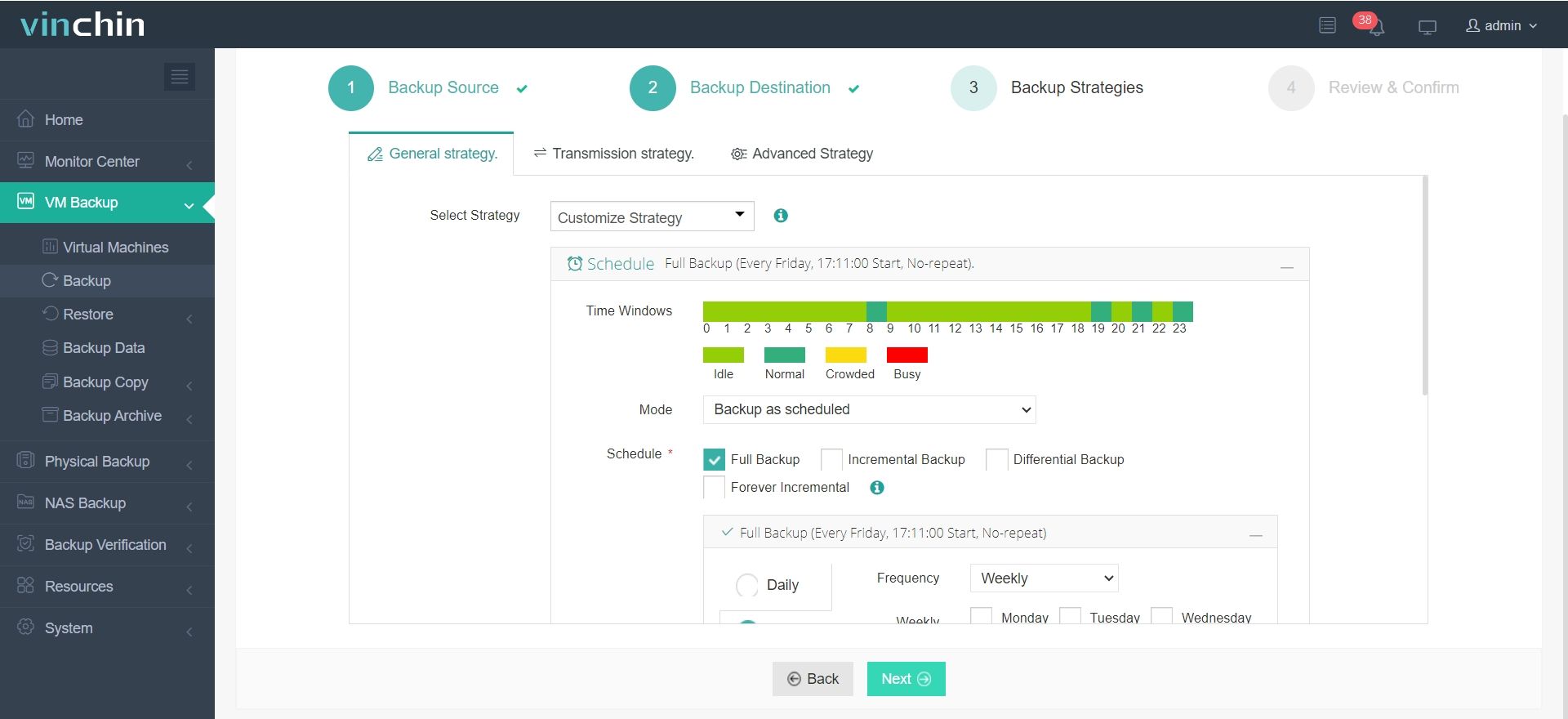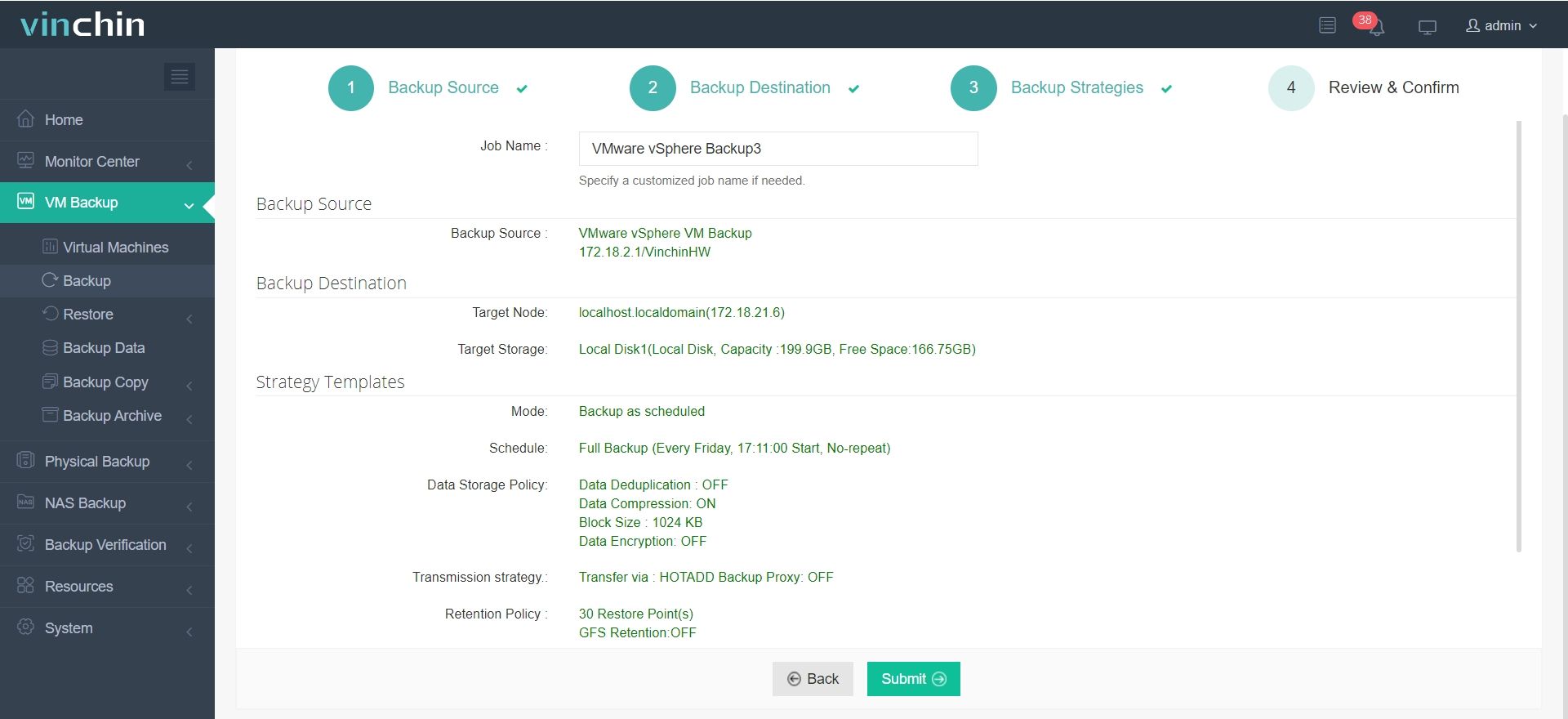-
What is Failover?
-
What is Failback?
-
Key Differences Between Failover and Failback
-
Use Cases in Modern IT Infrastructure
-
Deploy a Powerful Disaster Recovery Solution
-
Failover vs Failback FAQs
-
Conclusion
In today's digital landscape, ensuring business continuity and data integrity is paramount. The concepts of failover and failback are critical components in achieving this goal. Both terms are part of the broader field of disaster recovery and high availability solutions, which aim to minimize downtime and data loss during system failures. This article aims to provide an in-depth look at failover and failback, their differences, and why both are essential for maintaining operational resilience.
What is Failover?
Failover refers to a system's ability to automatically switch to a backup server or alternative system when the primary system fails. This process ensures that services remain available to users without significant disruption. Typically, a failover system involves two main components:
1. Primary System: This is the main server or system that handles all user requests under normal operating conditions.
2. Secondary (or Standby) System: A duplicate or near-duplicate of the primary system, often kept up-to-date with the primary system's data and configurations. When a failure occurs, the secondary system takes over the primary's duties seamlessly.
The key advantage of failover is its ability to provide immediate service continuity. Failover systems can be implemented at various levels, from server-level failovers to application-specific failovers, and even at the network level. For instance, a database failover involves a secondary database taking over the role of the primary database if the latter becomes unavailable. Similarly, network failover ensures that if one network path fails, another is automatically used.
What is Failback?
Failback is the process of switching back to the original system once it has been repaired or restored after a failure. Unlike failover, which is an immediate response to a system outage, failback is a planned process that may take place over a longer period. During this time, the primary system is brought back online, tested, and then reintegrated into the production environment.
The goal of failback is to return the IT infrastructure to its original state, with the primary system resuming its responsibilities. This process is essential for several reasons:
Cost Efficiency: Once the primary system is back online, it can handle the workload, allowing the secondary system to revert to its standby mode, thus reducing operational costs.
Resource Allocation: Primary systems are often optimized for performance and may have more capacity than secondary systems, which are typically designed to handle only a subset of the primary's functions.
System Integrity: Returning to the primary system ensures that all operations are conducted on a fully tested and validated platform, minimizing the risk of issues that might arise from prolonged use of a secondary system.
Key Differences Between Failover and Failback
Purpose: Failover is designed to maintain service availability immediately after a failure, while failback focuses on restoring the original system to full functionality.
Timing: Failover is an instantaneous reaction to a detected fault, whereas failback is a deliberate process initiated after the primary system has been fixed.
Automation Level: Failover processes are typically automated to ensure quick switching, whereas failback often involves manual steps to verify the health and integrity of the primary system before bringing it back online.
Resources: Failover requires a robust secondary system capable of handling the primary load without prior notice, while failback leverages the restored primary system, which is usually more powerful and efficient.
While both failover and failback serve different purposes, they are equally important for comprehensive disaster recovery planning. Failover ensures that your business can continue operations during unexpected events, protecting against potential financial losses and reputational damage. Failback, on the other hand, allows you to return to a stable and potentially improved state, ensuring long-term sustainability and efficiency.
Use Cases in Modern IT Infrastructure
1. Cloud-Based Failover and Failback: With the rise of cloud computing, organizations can now utilize cloud-based failover solutions, allowing for more flexible and cost-effective disaster recovery options. Cloud providers often offer failover services to a geographically redundant data center, followed by seamless failback when the primary environment is restored.
2. Virtualized Environments: In environments like VMware, Proxmox, or Hyper-V, VMs can be failed over to a secondary host or data center, ensuring high availability. Once the primary infrastructure is back online, VMs can failback to their original host, minimizing downtime.
3. Database Systems: Many database systems support failover clustering, where databases are automatically failed over to a standby server in case of failure. After the primary database is repaired, failback allows for the re-synchronization of data and restoration of normal operations.
Deploy a Powerful Disaster Recovery Solution
Vinchin Backup & Recovery is designed to provide comprehensive data protection and disaster recovery for virtualized environments. It is developed to address the needs of businesses looking for reliable and efficient ways to backup and restore their virtual machines in the event of data loss, system failures, or other catastrophic events.
It supports over 10 virtualization platforms, including VMware, Hyper-V, Proxmox, XenServer, and oVirt, ensuring compatibility across diverse IT ecosystems. Tailored for virtual environments, Vinchin offers automated backups, agentless backup, LAN/LAN-Free options, offsite copying, instant recovery, data deduplication and compression, and cloud archiving. With data encryption and ransomware protection, it provides dual insurance for VM backups and supports easy V2V migration.
It only takes 4 steps to backup VMs with Vinchin Backup & Recovery:
1. Select the backup object.

2. Select backup destination.

3. Configure backup strategies.

4. Review and submit the job.

Come on and experience the full capabilities of this robust system with a complimentary 60-day trial! Contact us with your requirements, and you will receive a tailored solution for your IT landscape.
Failover vs Failback FAQs
1. Q: What challenges can occur during failback?
A: Challenges may include data synchronization issues, system inconsistencies, or network configuration problems, all of which need to be addressed before returning to the primary system.
2. Q: How does failover differ between virtualized and non-virtualized environments?
A: In virtualized environments, failover often involves moving VMs between hosts or data centers, while in non-virtualized environments, it might require switching physical servers or storage.
Conclusion
Failover and failback are complementary strategies that form the backbone of any robust disaster recovery plan. While failover provides immediate protection against downtime, failback ensures that normal operations can resume efficiently once the primary system is restored. By implementing them thoughtfully, you can ensure resilience, minimize downtime, and quickly recover from disruptions
Share on:






